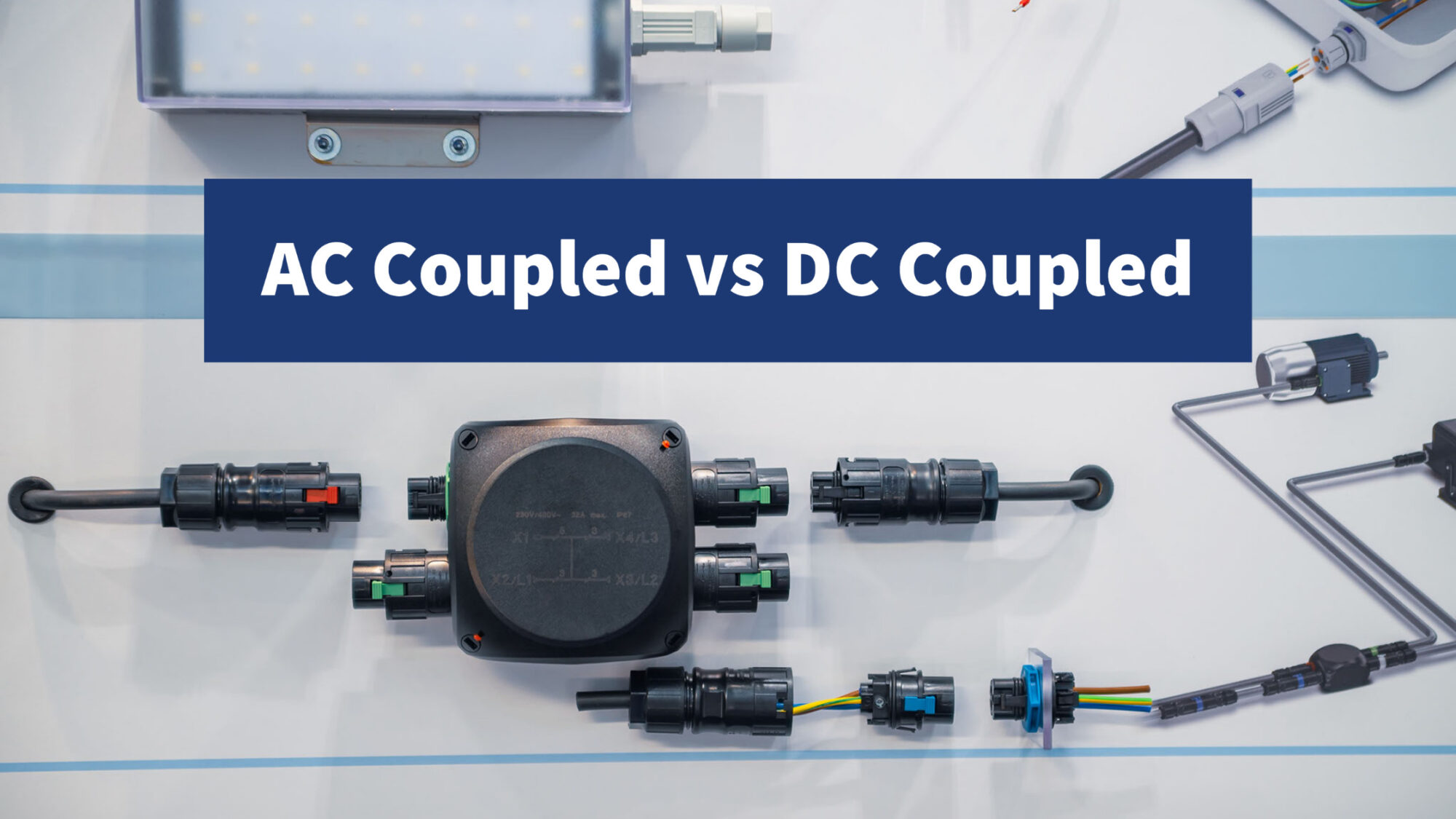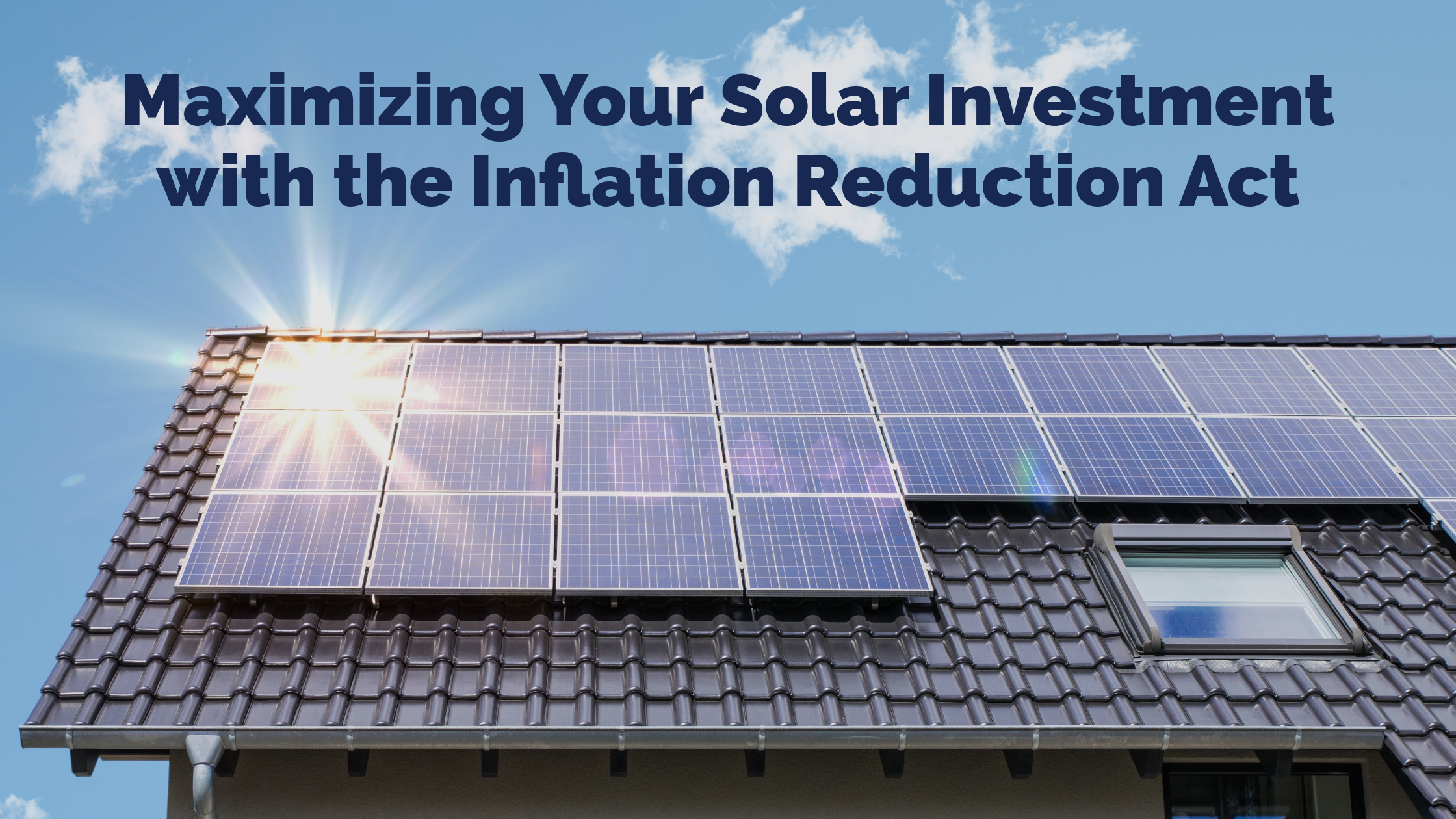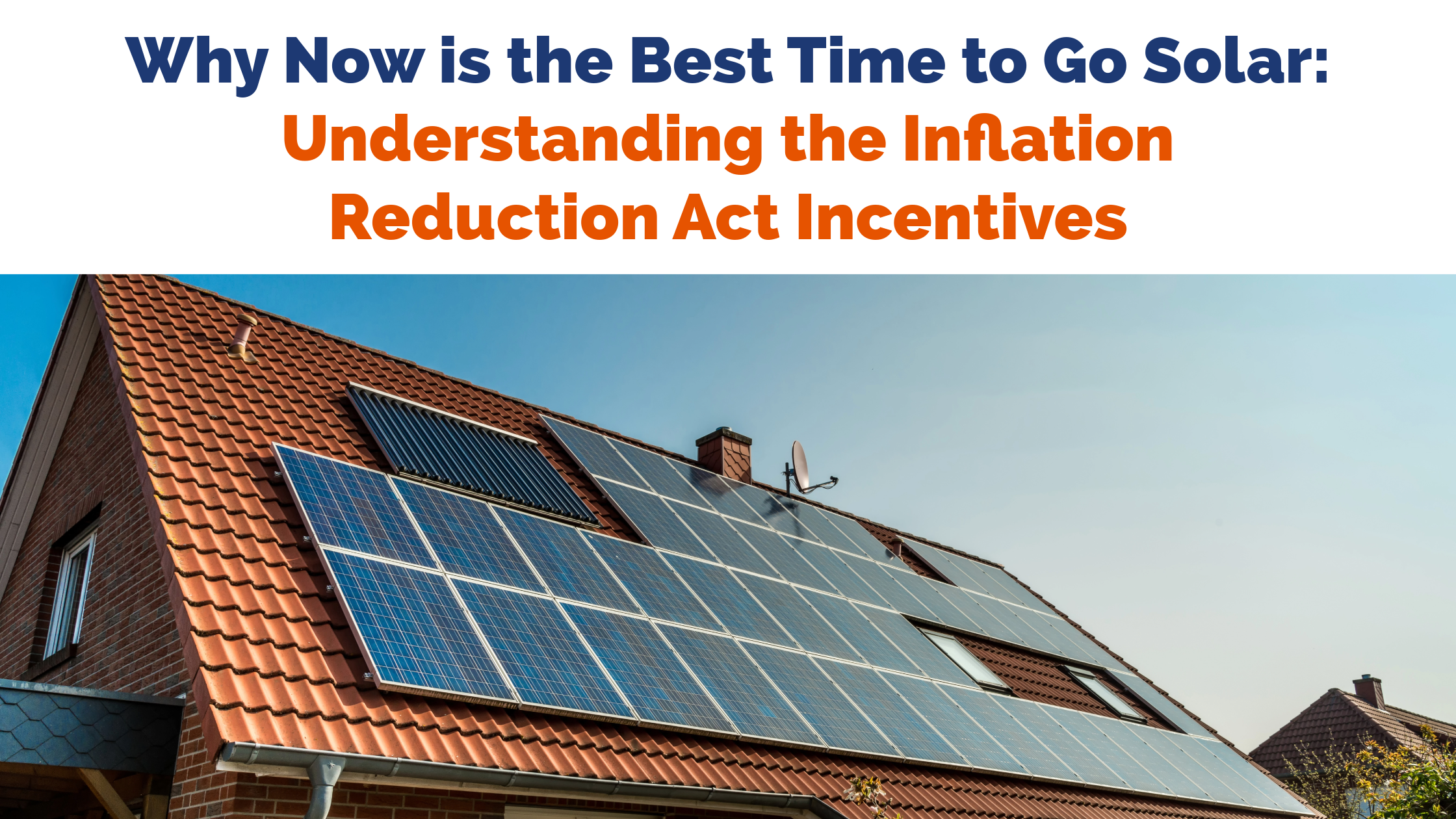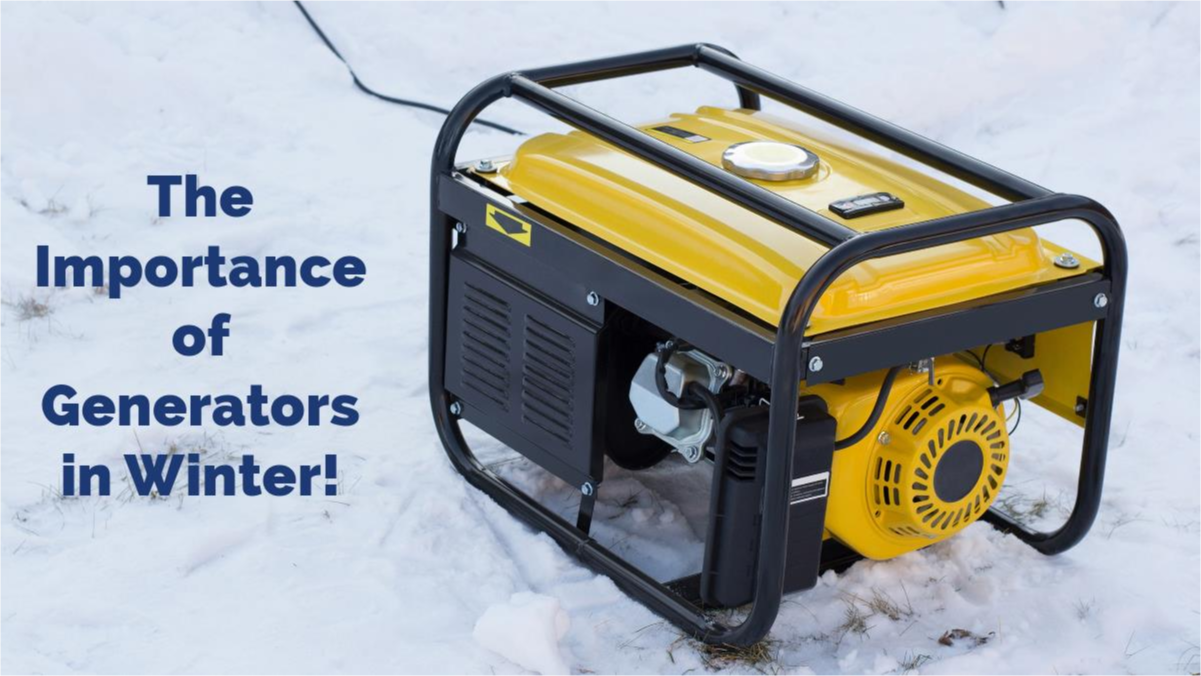
Consider electricity like a flowing river. There are two types of currents that describe how the flow behaves, Alternating and Direct. Depending on which electrical system is present, these rivers need a suitable pathway to their destinations to get the most use out of the power.
AC Power
An alternating current is a flow of electricity that changes directions systematically. Like a wave pool, a mechanism pushes back on the current and sends the energy in the opposite direction, keeping the electrons agitated enough so the positive charge remains at usable levels. The waves are very predictable and can only be produced by mechanical means of energy. The mechanical components that cause these fluctuations in the directional waves are called alternators.
Example of the Production of AC Using Mechanical Energy
As the large blades rotate on a wind turbine, due to naturally forced air, the rotor begins to turn as well. The rotor is attached to a cylindrical shaft on the front and the rear of the shaft is designed with a gearbox and brake. Which in turn, rotates a smaller shaft that is encased in a coil of copper. The coil of copper, with its rotational movement, is inside the generator. A magnetic field, within the generator, surrounds the copper. As the copper enclosure spins, it picks up the electrons that are being transferred with the magnetic field. These tiny atomic particles are then derived and dispersed for use. Also, it can be converted into DC direct current, and then converted back to AC for a steadier flow in the future.
The Benefits of AC
- More cost-effective
- With the ability to be produced at a higher voltage, the loss of energy during transmission is less than DC
- Can be easily converted into DC with rectifiers
The Disadvantages
- It is more precarious than DC when the AC is at higher voltages
- The applications are vast yet cannot be utilized for specific operations such as charging batteries, LEDs, and transistors
- Insulation is required for safety as well as to not interfere with communication devices nearby.
The Benefits of AC-Coupled Systems
- Does not require a specific location of batteries and other components
- Is compatible with many other types of inverters
- No retrofitting is necessary which can lead to cost advantages
Ac-couple systems do require more equipment, therefore, more money out of pocket at the time of purchase. Also, more links in the system could lead to more failures down the line, requiring some items in the chain need to be replaced. With all the inverters, unlike the DC system only requires one, there is a minor loss of energy while charging the storage battery.
DC Power
Unlike Alternating Current, Direct Currents do not have waves, it has a constant flow. Think of an alkaline battery that is used in television remotes. When electricity is needed, the current only travels into the components to properly operate. The common household use types produce the DC due to a chemical reaction until fully charged and then drained over some time.
How Direct Current (DC) is Generated
As stated, one way is a chemical reaction. The most common production of direct current energy is a conversion from alternating current. An alternating current generator fitted with a commutator can produce direct current without any loss of power. Another mechanism is a rectifier. Rectifiers are commonly known as inverters in which the alternating current’s wave is straightened for a more even constant flow of electricity.
The Benefits of DC
- Has a large storage capability
- Electric motors with variable speeds work more efficiently vs. using AC
- Does not “pulse” with an even flow
The Disadvantages of DC
- Cannot transmit long distances over time without degradation of voltage
- Other devices are needed for conversion into AC
- More electricity needs to be generated to equal the amount of voltage that smaller amounts of produced AC
Because of the extra equipment needed to convert and store direct current electricity, the cost is higher as well. Most of the stored backup power is DC rooted. Solar panels also produce DC, transferred into a battery system or inverter to be used in the home or business as alternating current.
DC Coupled Systems
Where the main grid power supply enters into a structure, solar panels are constructed to enter at the same point. A hybrid inverter is then installed which is also connected to a storage battery and panels. The hybrid inverter is multifunctional in the sense it can send excess solar energy back into the grid, direct excess energy into a battery backup system, and automatically tap into the storage in the event of a blackout.
The Benefits of DC-Coupled Systems
- Requires only one inverter, in turn, less equipment, and a lower cost
- Can be used with or without solar panels
- When the DC-coupled system remains below 10kW while being connected to a renewable generator, it qualifies for a metering system in which money or credits is owed to the owner of the system.
- There is little energy loss due to only one inversion, from AC to DC for storage
The only foreseeable downside is there may be a higher cost if the Solar Panel system is already existing and requires to be modified to be compatible with the newer technology.
Source and Storage
A Coupled System occurs when a point of source and a point of storage are linked together. For instance, solar panels and energy battery storage; these arrangements are both compatible with AC and DC with slight variants.
How do you Decide?
First, with all the factors explained, some points can be very understandably confusing. For professional advice, and to talk with someone who can explain it in depth to help choose either a DC-Coupled or AC-Coupled system, contact BD Electrical & Solar Services. With years of knowledge and know-how, they can explain everything clearly, so your choice is the best one.
-Request More Info-





